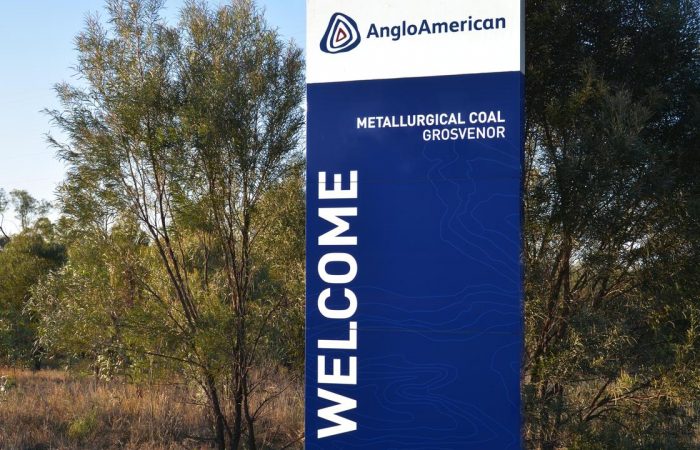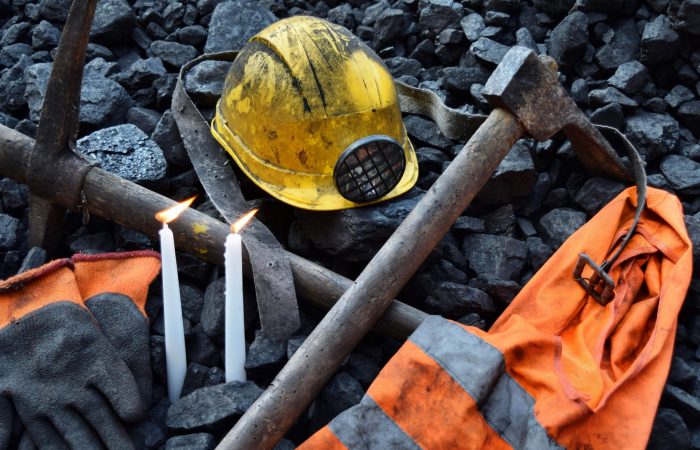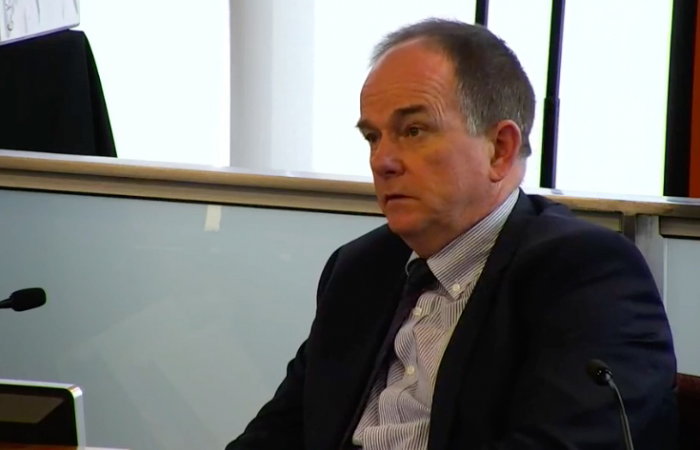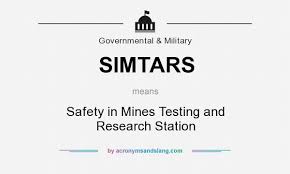
GROSVENOR MINE INQUIRY SUBMISSION: Regulation 149 wording be altered to ‘Principal “Safety” Management Plans’, instead of ‘Principal “Hazard” Management Plans’.
This is my Submission and Attachment for the Submission
Approved Std Mine Safety Management Plan 1996 Grosvenor Inquiry Principle Safety Management Plans
Approved Std Mine Safety Management Plan 1996
GROSVENOR MINE INQUIRY SUBMISSION:
Regulation 149 wording be altered to ‘Principal “Safety” Management Plans’, instead of ‘Principal “Hazard” Management Plans’.
It would then read.
Part 2 General
149 Principal “SAFETY” management plan
An underground mine must have principal “SAFETY” management plans that provide for at the least the following—
Ventilation
- Spontaneous Combustion
- Gas Management
- Methane Drainage
- Emergency Evacuation
- Strata Control
The Moura No2 Wardens Inquiry Report on which the whole Act and Regulations are based made a series of recommendations.
Mining Warden Windridge was also a Coroner and in effect the Moura No 2 Wardens Report was a Coronial Inquest Report.
Mining Warden Windridge was quite specific in calling for Mine Safety Management Plans.
When the final draft Regulations were sent to the Parliamentary draftsperson, what appeared to be a one word change from the Moura No 2 Recommendations has had long term and major Unintended Consequences. that continue to undermine the effective implementation and application of the Queensland Coal Mining Safety and Health 1990 and Regulations 2001
MOURA No 2 REPORT EXCERPTS
The Inquiry made recommendations in relation to the following (page 4 of the Report)
Spontaneous Combustion Management;
- Mine Safety Management Plans;
MINE SAFETY MANAGEMENT PLANS. (Page 55)
While identifying the specific need for a management plan to deal with spontaneous combustion it is clear that it is not the only risk area requiring such structured management. Several areas in addition to spontaneous combustion were identified in evidence where Moura No 2 was deficient including ventilation, gas monitoring and evaluation, and communications.
These and other matters should be the subject of management plans formulated and implemented as the primary means of controlling risks at a mine and which complement statutory requirements to aid in ensuring the safety of mine personnel.
It is recommended that mines be required to put in place Mine Safety Management Plans to cater for key risk areas. It is further recommended that Mine Safety Management Plans be based on detailed risk/hazard analyses.
Mine Safety Management Plans should be regularly audited both internally and externally and meet any requirements of the Chief Inspector of Coal Mines.
Key risk areas which should be addressed by Mine Safety Management Plans include, but may not be limited to:
- Ventilation
- Spontaneous Combustion
- Gas Management
- Methane Drainage
- Emergency Evacuation
- Strata Control
The plans should include:
- standards to be adopted at the mine for the prevention, management, and control of risks which have been identified by the risk analysis; · action plans in the event of an identified risk occurring;
- appropriate training programmes for the identification and prevention of risks; and · procedures which are consistent with the intent of Quality Assurance Standards.
TASK GROUP 1
UNINTENDED CONSEQUENCES
Section 149 of the Regulation substitutes the word “Hazard” for “Safety”.
Five Task Groups were formed that looked at different elements of the Recommendations from the Moura No 2 Wardens Inquiry Report.
Task Group 1 was the one responsible for turning the Recommendations for Mine Safety Plans into Legislations.
The outcome was officially titled is the “Approved Standard for Mine Safety Management Plans.”
The Approved Standard was signed off by then Chief Inspector of Coal Mine Brian Lyne.
Attachment 1 1996 Version.
http://www.mineaccidents.com.au/uploads/task-group-1-standard-for-msmp(1).pdf
Attachment 2 1998 Version
This use of the term “Mine Hazard Management Plans” is where the Unintended Consequences start
18 Meaning of risk
Risk means the risk of injury or illness to a person arising out of a hazard. Risk is measured in terms of consequences and likelihood.
19 Meaning of hazard
A hazard is a thing or a situation with potential to cause injury or illness to a person.
20 Meaning of principal hazard
A principal hazard at a coal mine is a hazard at the coal mine with the potential to cause multiple fatalities.
- The use of the term “Hazard” in Regulation 149 is inappropriate.
- For instance “Emergency Evacuation” is not a “Principle Hazard” or a “Hazard”
- The Act and Regulations are titled Coal Mining “Safety” and Health Act and Regulations, Not Coal Mine “Hazards” Act and Regulations
This is where the Unintended Consequences start and then flow throughout the whole risk management processes and procedures.
Principal Safety Management Plans mandate the “MINIMUM” number of Principal Management Plans for Mine Workers Safety and Health.
Just the word HAZARD has meant that Management for the last 20 years has forcibly resisted adding any more Principal Management Plans than the six contained in Regulation 149.
A simple Audit of all the Queensland Underground Coal Mines Safety and Health Management Systems would show that to be the case.
The use of the word Hazard in Regulation 149 has another major, fundamental and Industry wide deep seated Unintended Consequence.
It has led to major confusion and misunderstanding of what the terms such as “HAZARD” and “RISK” mean and how they are applied in the Risk Management System.
If there is no common understanding about what a “HAZARD” and “RISK” are between the
- Mines Inspectorate
- Mining Companies
- Coal Mine Management
- Management and Coal Mine Workers
- Safety Management Training Providers
Then it is impossible to apply a consistent effective Risk Management Framework that delivers an acceptable and as low as achievable level of risk to Coal Mie Workers Health and Safety


